Recently, a popular concept called conservation development (CD) has gained traction in many planning and design fields. CDs typically are developments where homes are clustered on small lots with the remaining areas conserved as open space, as opposed to traditional development, where homes are spread out, fragmenting the original natural areas.
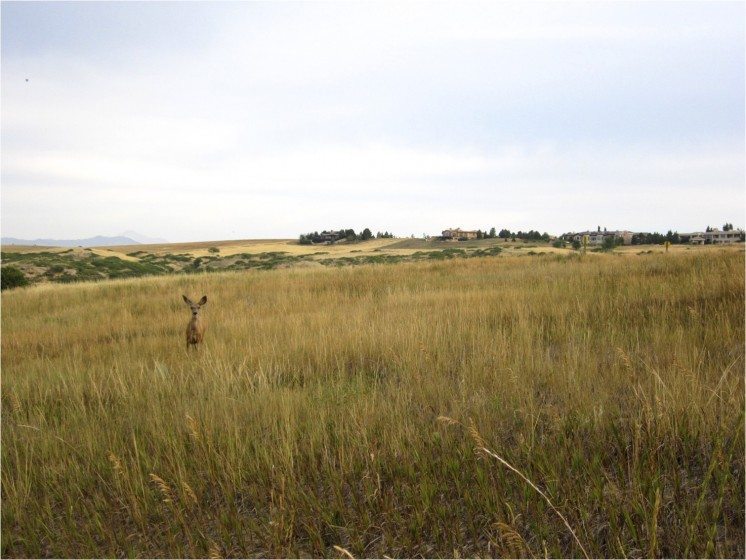
When a goal is to conserve biodiversity, the objectives for a CD are twofold: 1) to improve biodiversity within a designated subdivision, and 2) to minimize development-related impacts on surrounding habitats.
Often, though, the efforts are limited to just the initial phase of development: site design. To conserve and improve biodiversity within urban environments effectively, one must implement good management for both the built and open space over the long term. Once a CD is built, it becomes the responsibility of residents individually and collectively to manage their homes, yards, neighborhoods, and common areas in ways that do not compromise the original intent of the community. Problems that affect biodiversity can arise if residents are not fully engaged—imagine residents moving in and planting invasive exotic plants in each of their yards (Hostetler & Drake 2009). Residents could also improperly apply fertilizers and pesticides. The spread of invasive plants and polluted stormwater runoff could then severely reduce or destroy the diversity of animals and plants found in the conserved areas.
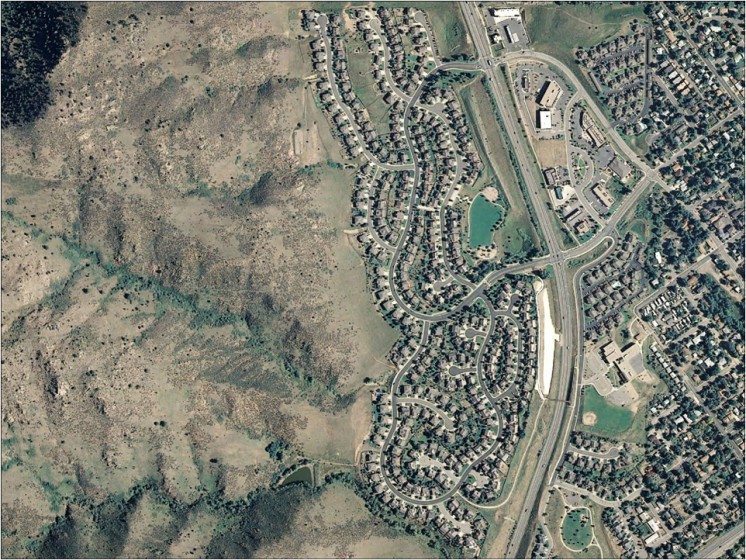
It is up to the developer to not only have a good design but to set up a well-funded management plan that implements practices that help retain the biological integrity of a CD project. But most conservation developments do not have management plans that target biodiversity conservation over the long term (Wald & Hostetler, 2010; Reed et al. 2014). Developers of conservation developments need to be engaged, but are developers interested in conserving biodiversity and are there policies that they would support that encourage long-term management?
To help promote the adoption of management practices within CDs, important questions to address are:
- Are developers of conservation developments interested in implementing management practices that help to improve biodiversity?
- What kinds of new policies would developers of CDs like to see that help them to implement management practices?
Below, we describe the results of a case study in Colorado, USA (Feinberg et al. 2015). In this study, developers of conservation developments were asked about their opinions regarding management practices for biodiversity and their likelihood to support an incentive-based policy.
Conservation developments in Colorado: A case study
Colorado is experiencing rapid population growth and many of its counties have already created CD policies as a way to conserve open space. However, the CDs tend to lack long-term management plans that are needed for conserving biodiversity (Reed et al., 2014). In order to assess policy directions and whether developers would implement certain management practices in CDs, we surveyed and interviewed developers that have created CDs in four counties of Colorado (Chaffee, Douglas, Larimer, and Routt).
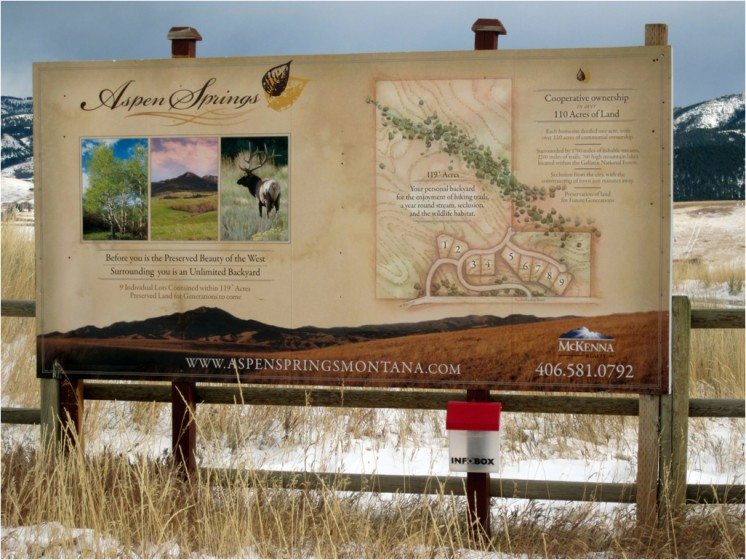
We asked 25 developers about their opinions on conserving biodiversity, their willingness to adopt proposed management practices, their opinions on how to fund ongoing management, as well as their opinions on a policy incentive (a density bonus) that would reward them for adopting the management practices. This density bonus option, where developers are allowed to build more homes on the property above current zoning, was chosen based on conversations with city and county planners who indicated that such an option is realistic in these Colorado counties. The survey listed four specific management practices to be implemented if developers received the density bonus:
(1) Landscaping around the homes with native plants
(2) Adding wildlife-friendly language to the neighborhood’s codes, covenants, and restrictions (CCRs)
(3) Installing interpretive signage to educate the homeowners about the conservation goals of the CD (For more information on specific educational strategies to engage residents, please see Conservation Subdivision: Post-construction Phase—Engaging Residents.)
(4) Establishing a long-term management plan that involves removing invasive exotic plants from the open spaces and planting native vegetation
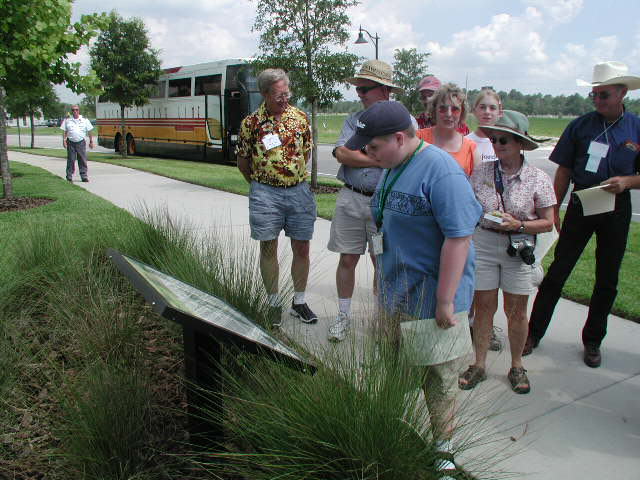
Out of the 25 survey respondents, 13 had bought the land specifically to develop it (“developers”), whereas 12 had previously owned and farmed the land (“landowners”). The developers’ neighborhoods conserved much less of the land as open space (an average of 26%), whereas the landowners’ neighborhoods conserved 68% of the land. Most of the respondents (76%) said that it was important for the open spaces to contain native plant and animal species, but only half (50%) were concerned about activities in the built spaces negatively impacting biodiversity in the open spaces. This is very interesting as it indicates developers wanted to conserve native plants and animals but they were not concerned about impacts stemming from nearby development areas.
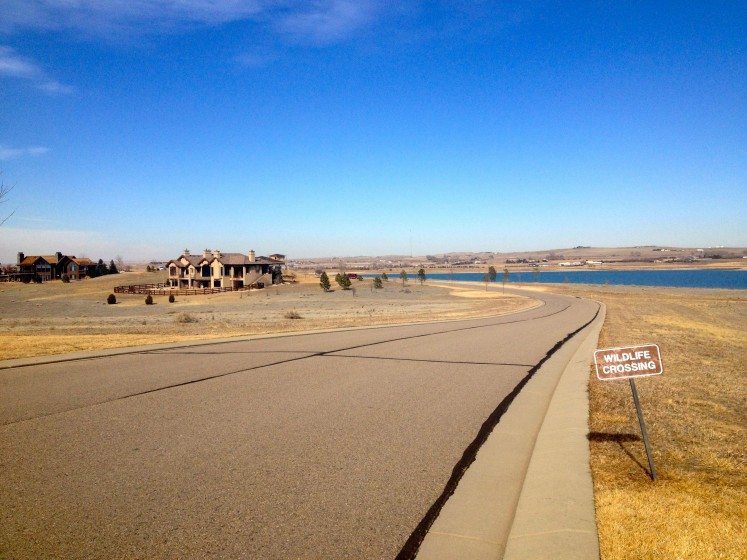
Respondents generally supported the four proposed conservation management practices, although they were neutral about requiring native landscaping around the homes (practice 1), perhaps due to a reluctance to dictate how homeowners manage their respective private properties. In terms of the two groups of respondents (landowners and developers), the long-term landowners were more supportive of environmental CCRs. The two groups did not differ in their opinions of the other practices.
There was some support for the policy incentive: seven survey respondents supported the density bonus (four opposed it) and ten (seven developers and three previous landowners) stated that they were neither unsupportive nor supportive of the policy incentive. Two interviewees (both long-term landowners) explained that the reason why they neither opposed nor supported the scenario was because they lacked experience with the proposed practices and knowledge about how policy incentives work. In addition, four interviewees (three previous landowners and one developer) expressed interest in a fast-tracking incentive, with one (a previous landowner) saying that it would be better than a density bonus because, “it takes forever to get through the permitting process”. Two developers stated that the appropriate incentive depends on the context of an individual developer and neighborhood. For instance, a density bonus might be more attractive if the developer seeks to build a senior community with smaller lawns, but fast-tracking is advantageous if the developer is on a tight schedule.
All of the management practices required a funding source and we asked developers whether they would support funding coming from homeowner association dues and a property tax. Results suggested that long-term funding is the greatest barrier to implementing management programs in the CDs, with developers expressing opposition to the proposed homeowner association dues and property tax. Overcoming this barrier may require more awareness among developers about their potential to profit from CDs; homes in CDs tend to sell for higher prices than those in conventional developments (Hannum et al., 2012), and the increased profits can help developers off-set the initial costs of management (e.g., installing signs, landscaping with native plants). However, Bowman and Thompson (2009) found that although homeowners are willing to pay more to live in CDs, prospective developers are often unaware of this increased willingness to pay.

Although this case study is a snapshot and not necessarily representative of all developers around the world, results demonstrated that developers of CDs in several Colorado counties are generally interested in conserving native animals and plants and would be willing to support some stewardship practices. The study highlighted the importance of assessing stakeholder opinions and values when trying to construct new conservation policies. In Colorado, offering both a density bonus and a fast-tracking option could be viable options that encourage the implementation of management practices in CDs.
However, this study and others suggest that developers often resist adopting novel conservation practices and policies due to a lack of familiarity with these tools and a lack of access to the data that support their efficacy. Developers might be more supportive of implementing management practices in CDs (including a long-term funding source such as HOA dues or a property tax) if they knew more about how policy incentives work, why certain management practices are critical for biodiversity conservation, and even the profitability of CD.
One approach for sharing this information, as well as emphasizing the importance of management, is through workshops in which planners and environmentalists work directly with prospective developers in their region. These workshops would target local issues concerning conservation development and highlight important management practices (e.g., educating developers of CDs on the importance of environmental CCRs, since respondents reported that they were not too concerned about impacts from built areas).
Many metropolitan areas are conserving natural areas in and around residential and commercial districts, and there are various efforts to conserve critical wildlife habitat in areas that are subdivided. Conservation development can be a part of the solution, but the long-term viability of conservation developments is contingent on the implementation of management practices by developers. To realistically create new policies that are locally supported and help in promoting the adoption of conservation management practices, developers need to be engaged and partnerships formed between planners, environmentalists, and developers. Prospective developers and other interested parties can learn more about CD and visualize some of the proposed management strategies by visiting existing neighborhoods in the state of Florida (Harmony and Madera).
Mark Hostetler and Daniel Feinberg
Gainesville
***
References
Bowman, T., & Thompson, J. (2009). Barriers to implementation of low-impact and conservation subdivision design: Developer perceptions and resident demand. Landscape and Urban Planning, 92(2), 96-105.
Feinberg, D.S., Hostetler, M.H., Reed, S.E., Pienaar, E.F. and L. Pejchar. 2015. Evaluating management strategies to enhance biodiversity in conservation developments: Perspectives from developers in Colorado, USA. Landscape and Urban Planning, 136: 87-96.
Hannum, C., Reed, S. E., Pejchar, L., Ex, L., & Laposa, S. (2012). Comparative analysis of housing in conservation developments: Colorado case studies. Journal of Sustainable Real Estate, 4, 149-176.
Hostetler, M., & Drake, D. (2009). Conservation subdivisions: A wildlife perspective. Landscape and Urban Planning 90(3-4), 95-101.
Reed, S. E., Hilty, J. A., & D. M. Theobald. 2014. Guidelines and incentives for conservation development in local land-use regulations. Conservation Biology, 28(1), 258-268. doi – 10.1111/cobi.12136
Wald, D. M., & M. E. Hostetler. 2010. Conservation value of residential open space: Designation and management language of Florida’s land development regulations. Sustainability 2(6): 1536-1552.
[second_bio]about the writer
Daniel Feinberg
Daniel Feinberg is a PhD student in the University of Washington’s School of Environmental and Forest Sciences, focusing on urban ecology and environmental policy under the advisement of Dr. Clare Ryan.


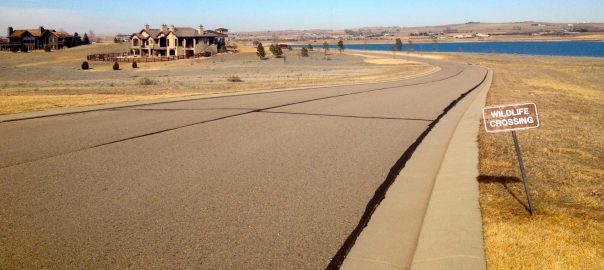
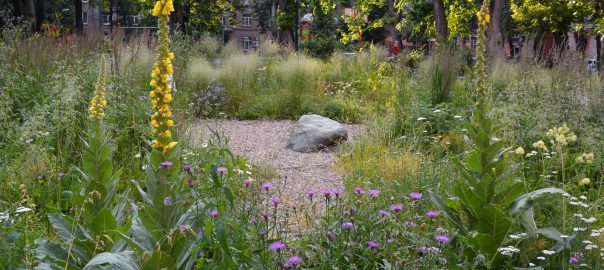


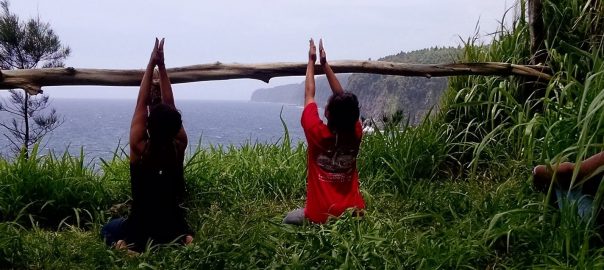
Leave a Reply